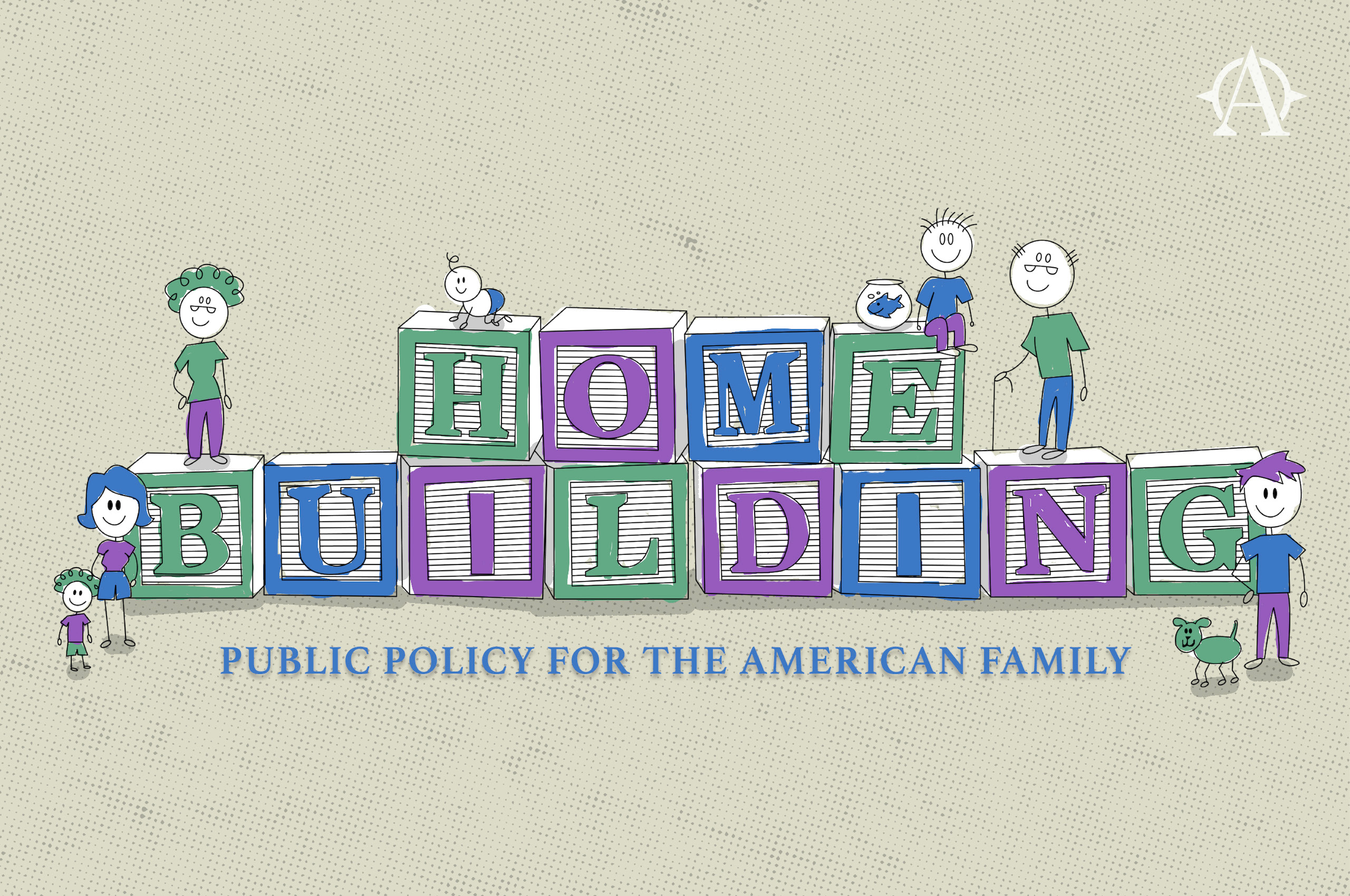

RECOMMENDED READING
Where do families want to live? Urbanists will point out that the high price of housing in walkable, city neighborhoods indicates that demand is especially high. Suburbanists will note that very few families live in those places, and that most new houses—even during the urban renaissance of the 21st century—are built at the suburban fringe.
What neither group is happy to admit is that families can thrive in all sorts of environments—but only if they can afford to live there. High housing costs can reshape young adults’ lives. In the costliest cities, the price of housing is discouraging marriage, delaying fertility and homeownership, and driving families away.
The main obstacle standing in the way of affordability is regulation that creates artificial scarcity in desirable locations. Study after study confirms that the Econ 101 model of supply and demand basically works for the housing market: more supply lowers prices. I use the rule of thumb that a 3% increase in the housing supply lowers rent by 2%. It doesn’t especially matter how the new supply arrives—luxury or affordable, single-family or multifamily, in quaint town centers or on sprawling cul-de-sacs.
Housing supply is mostly dictated by local land-use regulations. These regulations not only prevent paper mills and big-box stores on neighborhood streets; they also dictate a narrow range of approved activities on each lot: offices here, retail there, one-family houses here, two-family houses there. The result is that disfavored land uses, especially cheaper types of housing, get squeezed.
In many places, zoning is openly hostile to families with children, since they are perceived as a fiscal cost. Getting apartments built is easier if the units are small enough to preclude families. My hometown of Milton, Massachusetts, for example, has zones where it allows multiunit buildings—but only if those are restricted to “the Elderly” and thus kid-free. And my current Maryland suburb was recently under a construction moratorium because the schools are desirable and crowded. (The moratorium was ineffective: 70% of new schoolkids are in families like mine, who buy homes in empty-nester neighborhoods).
In addition, each “zone” in a community typically has a minimum lot size, which requires that every house lot is above a certain size. This has two effects: it boosts prices and, more importantly, puts an implicit cap on the number of households that can live in each neighborhood.
High housing costs cut through the city vs. suburb arguments: when most neighborhoods are out of reach, a family chooses where to live based mostly on its budget, not its preferences. Regulatory reform can break through and allow far more families in the nation’s priciest cities to really exercise choice over where they live, even if that’s as simple as cutting down a commute so that everyone’s home for dinner at 6.
The best regulatory reforms vary by context. In growing suburbs, the highest priority for achieving broad affordability is decreasing the minimum lot size. In cities and established suburbs, the highest priority is allowing apartment buildings in the 4- to 8-story range.
Suburban policymakers can further support a growing population of young families by ensuring that their towns work with developers to reserve land for schools, paths, and playgrounds in the midst of growing neighborhoods. In cities, well-maintained sidewalks and safe crossings are equally welcoming to wheelchair users and stroller-pushers.
Family-friendly housing policy means meeting basic needs first: allowing builders to satisfy the need for affordable, stable homes with reasonable commutes. If an area’s average rent or home price is above the national average, it’s likely that many middle-class families are living where they can afford, not necessarily where they want.
The first step to creating and preserving family-friendly neighborhoods—urban or suburban—is to get home prices within reach for working families.
[Note: This post is from the policy forum 7 Proposals to Make America More Family-Friendly.]
Recommended Reading
In Defense of Picket Fences
In a recent Commons post, Wells King argues against the Trump administration’s recent gutting of the Obama-era rule U.S. Department of Housing and Urban Development (HUD) rule, Affirmatively Furthering Fair Housing, more widely known as AFFH. He characterizes the action of largely scrapping the rule, as opposed to merely revising it, as a case of the administration bowing to “upper class NIMBYism.” I respectfully disagree.
Not Every Family Wants a Big Yard
Striving for “self-sufficiency” through a typical single-family house can mean ignoring the blessings that life in a community can bring and can lead to feeling alone or isolated.
7 Proposals to Make America More Family-Friendly
Writers and analysts from across the right-of-center apply a family-focused lens to contemporary policy challenges.













